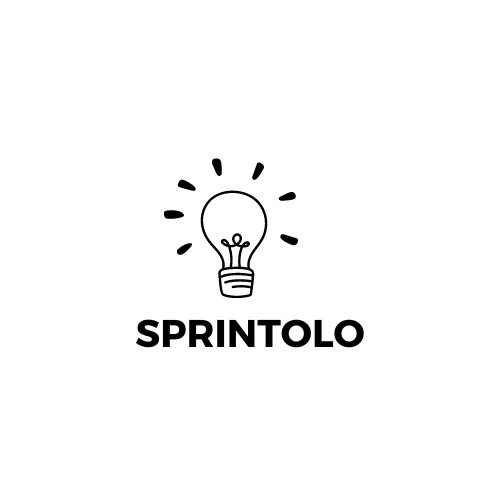Building a modern web application requires selecting the right technology stack, which plays a crucial role in development speed, performance, scalability, and maintainability. A tech stack comprises the front-end and back-end technologies, databases, and other essential tools. For a full stack developer, choosing the right stack depends on the project requirements, team expertise, and scalability needs. This blog explores various tech stacks, including Node.js, Python, and Ruby on Rails, comparing their advantages and best use cases.

Understanding a Tech Stack
A tech stack consists of multiple layers:
Frontend – The client-side technologies users interact with, typically built using HTML, CSS, and JavaScript frameworks like React, Angular, or Vue.js.
Backend – The server-side technologies handling business logic, database interactions, and API integrations.
Database – The storage system, which can be SQL-based (MySQL, PostgreSQL) or NoSQL-based (MongoDB, Firebase).
DevOps & Hosting – Infrastructure, cloud providers, and CI/CD pipelines for seamless deployment and scalability.
Popular Backend Technologies Compared for full stack developer :-
1. Node.js
Node.js enables JavaScript to run on servers, making backend development possible.
It is built on Chrome’s V8 engine and is known for its speed and scalability.
Pros:
Uses JavaScript, making it easy for frontend developers to transition to backend development.
Huge ecosystem with npm packages.
Suitable for real-time applications like chat apps and streaming services.
Cons:
Single-threaded nature may not be ideal for CPU-intensive tasks.
Callback hell can make code management difficult (although mitigated with async/await).
Best for:
Real-time applications
Microservices
Scalable and high-performance applications
2. Python (Django & Flask)
Python is a versatile language with powerful backend frameworks like Django (full-featured) and Flask (lightweight).
Pros:
Readable and concise syntax, improving developer productivity.
Large community support and extensive libraries.
Strong AI/ML and data science integrations.
Cons:
Slower than Node.js in performance-intensive scenarios.
Best for:
AI-driven applications
Data-intensive platforms
Rapid prototyping
3. Ruby on Rails (RoR)
Ruby on Rails is a mature framework known for its rapid development capabilities and convention-over-configuration approach.
Pros:
Faster development with built-in modules and conventions.
Strong community and extensive libraries (gems).
Scalable for startups and enterprise applications.
Cons:
Performance issues in high-load applications.
Slower execution compared to Node.js and Go.
Best for:
MVPs and startups
eCommerce platforms
Content management systems
4. PHP (Laravel, Symfony)
PHP has been a dominant language for web development, with modern frameworks like Laravel making it more efficient.
Pros:
Large developer community and extensive documentation.
Laravel provides built-in security, authentication, and MVC architecture.
Excellent for content-heavy applications like WordPress.
Cons:
PHP has a history of being inconsistent and less performant than Node.js or Python.
Not ideal for modern microservices-based architectures.
Best for:
CMS platforms
Blogs and web portals
Enterprise applications
5. Golang (Go)
Go is gaining traction because of its simplicity and performance.
Pros:
High performance, comparable to C/C++.
Concurrency support makes it ideal for cloud applications.
Lightweight and efficient in handling microservices.
Cons:
Smaller ecosystem compared to Node.js and Python.
Steeper learning curve for beginners.
Best for:
Cloud-based applications
High-performance APIs
Scalable systems
Choosing the Right Database
The database choice depends on the application’s needs:
Relational Databases (SQL): MySQL, PostgreSQL – Ideal for structured data and complex queries.
NoSQL Databases: MongoDB, Firebase – Suitable for unstructured data, scalability, and high-speed access.
Hybrid Solutions: Some applications use both SQL and NoSQL databases for different components.
DevOps & Hosting Considerations
Selecting the right hosting solution impacts application performance and scalability:
Cloud Providers: AWS, Google Cloud, and Azure provide scalable infrastructure.
Containerization: Docker and Kubernetes help manage microservices efficiently.
Serverless Computing: Platforms like AWS Lambda enable event-driven architecture without managing servers.
Final Thoughts: How to Choose the Best Tech Stack as a full stack developer?
Project Scope: Large-scale applications require robust frameworks like Django, while real-time applications benefit from Node.js.
Team Expertise: Choose technologies your team is comfortable with to speed up development.
Performance Needs: For high-performance applications, Go or Node.js may be preferable.
Long-term Maintainability: Opt for technologies with strong community support and ongoing updates.
Conclusion
As a full stack developer Selecting the right tech stack is crucial for building efficient, scalable, and maintainable web applications. Node.js excels in real-time and high-performance applications, Python is great for AI and data-driven applications, Ruby on Rails offers rapid development, PHP is strong for content-heavy applications, and Go provides efficiency in cloud applications. The final choice should align with the project’s needs, developer expertise, and long-term goals.
